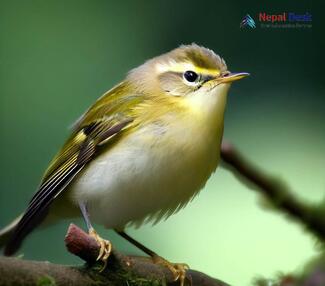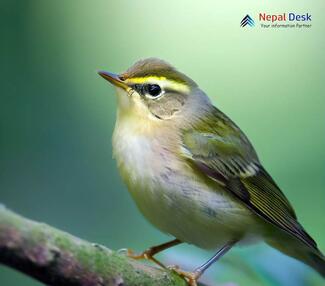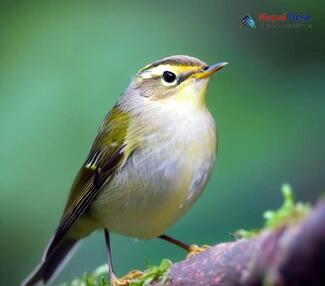The fascinating world of birds offers a myriad of species to discover, each showcasing unique characteristics that set them apart from others. Among these diverse species, the Yellow-browed Warbler (Phylloscopus inornatus) is an exquisite example with its captivating appearance and noteworthy presence within Nepal's wildlife. In this comprehensive guide, we delve into the taxonomy and physical features of the Yellow-browed Warbler, as well as explore its habitat, diet, breeding, and nesting habits, and its significance within the landscape of Nepal.
Taxonomy and Physical Features
Belonging to the family Phylloscopidae, the Yellow-browed Warbler is a small passerine bird boasting a distinctive yellow eyebrow that gives it its name. This striking bird measures around 9 -10cm in length and has an attractive olive-green back complemented by pale underparts. The prominent yellow supercilium makes it easily distinguishable from other warblers within its range.
Habitat and Diet
Native to Asia, the Yellow-browed Warbler primarily inhabits mixed coniferous and deciduous forests. During migration periods or as winter visitors, they may also be found in parks and gardens. As insectivorous birds, their diet mainly consists of small insects such as caterpillars, aphids, spiders, and other tiny arthropods which they stealthily capture among foliage or mid-air.
Breeding and Nesting
The breeding season for the Yellow-browed Warbler typically occurs between April and July when they create well-camouflaged nests within dense vegetation close to forest floors. The female warbler is responsible for laying 4-5 pale eggs speckled with light brown markings. Incubation takes approximately 12-14 days, and once hatched, both parents play a nurturing role in feeding and tending to their chicks.
Presence in Nepal
Nepal's diverse landscapes provide a range of suitable habitats for the Yellow-browed Warbler. These captivating birds can be observed as migrants within the pristine forests found within national parks and protected areas or as winter visitors across the country. Birdwatchers in Nepal can find these desirable species within regions like Langtang National Park and the majestic Annapurna Conservation Area during their migration season.
In conclusion, the Yellow-browed Warbler (Phylloscopus inornatus) is an enchanting bird species worth exploring for its unique appearance and captivating presence within Nepal's treasured landscapes. Understanding its taxonomy, physical features, habitat preferences, diet, breeding behaviors, and nesting habits grant us valuable insight into this remarkable bird's world. By appreciating and protecting such diverse wildlife as the Yellow-browed Warbler, we ensure the continued existence of these captivating species for future generations to cherish.




